Thinking of getting a new lens?
Not long ago, I wrote an article for people who are looking to buy their first “serious photography” camera, entitled “Thinking of getting a camera?” Since then, I’ve often been asked by new photographers, “What lens should I get next?”
It’s a bit of a funny question because my general answer is: “What would you like to shoot next?” I’m a firm believer that you buy lenses that will help you extend your photography in the direction you want to go. So, the first thing you need to decide is: what do you want to shoot and why are your existing lenses not letting you do this?
In general, most photographers outgrow their kit lenses once they have gained more photographic experience. They soon discover that their kit lenses, while great for general shooting, doesn’t really extend to those special subjects that they might want to shoot.
So, here are some lens suggestions based on what you’d like to shoot and where you’d like your photography to go. The main criteria that has informed my recommendations are:
- Reasonably priced for beginner photographers and photography enthusiasts without a big lens budget.
- Suitable for typical entry-level or enthusiast-level cameras purchased by beginner photographers (for those in the know, it means crop frame cameras).
- Portability and ease of use.
Wide Angle Scenes
Most kit lenses that come with your camera come in the focal length ranges of 18-55 or 16-50mm. You may find that 18mm or 16mm isn’t really wide enough to capture some scenes, so you’ll need to go W I D E R. That’s where the ultra wide angle (UWA) lenses come in. Here are my recommendations:
Sigma 10-20mm f4-f5.6 wide angle lens: This was my first ultra wide angle lens when I was shooting on a crop frame Nikon D200 years ago and it was the perfect lens for landscapes, architecture and any kind of photography that would benefit from shooting really wide angles. It really is a great, inexpensive UWA lens for crop frame cameras. It’s fairly light and durable and produces really sharp images.
There is an updated version of this lens that keeps a constant f3.5 aperture regardless of whether you’re shooting at 10mm or 20mm — the Sigma 10-20mm f3.5 wide angle. It’s a bit more expensive but the constant large-ish aperture makes it a great candidate for night sky photography as well. Here are some shots taken with the Sigma 10-20mm. As you can see, you can really shoot wide (TIP: If you’re shooting wide angle, try and include something in the foreground so that it dominates the frame).
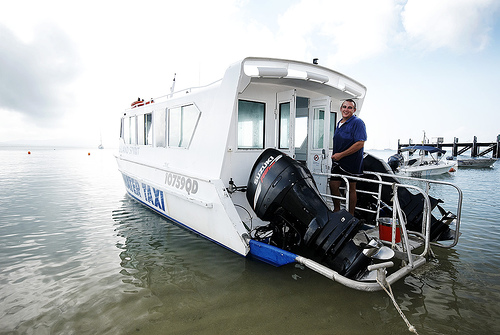

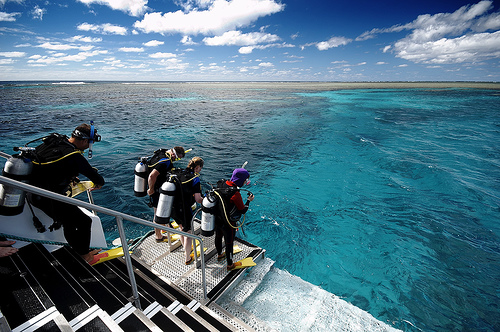
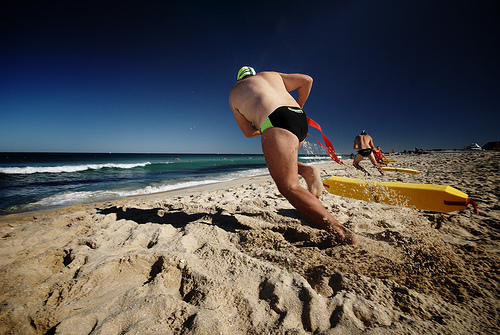
Olympus Zuiko 9-18mm f4-5.6 wide angle lens: This is the wide angle lens for the Olympus OM-D system and while it doesn’t go as wide as the Sigma 10-20mm for the crop frame cameras, 9mm on the OM-D sensor is plenty wide for your landscapes, architecture and scenery shots.
Portraits and close ups
Portraiture is primarily about isolating the subject from the background and to have the subject dominate the frame. The best bang for your buck portrait lens you can get is the 50mm f1.8 prime lens. Canon, Sony, Nikon and Sigma make these lenses, which are available for a range of camera models. The f1.8 aperture means that the lens can achieve a very shallow depth of field if used correctly. It’s also a prime lens, which means that images will be sharp and it’s light and compact.
This lens is also great for photographing food and anything really that can benefit from being separated from the background by shallow depth of field.
Because the aperture can open wide, to f1.8, this lens is also great for photography in low light situations eg. indoors, under artificial lighting and so on.

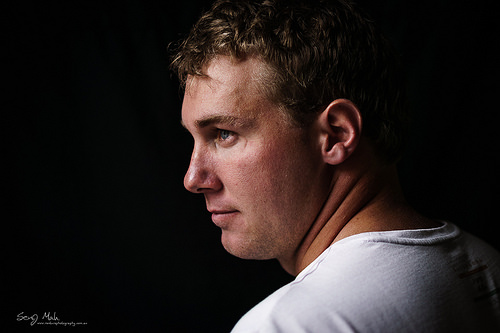

If you use the Micro Four-Thirds system (eg. you have an Olympus OM-D camera), then look for the Olympus Zuiko 25mm f1.8 lens or the Olympus Zuiko 45mm f1.8 lens.
Sports/Wildlife
Generally, if you purchased your first camera with a twin lens kit, then the second lens will be a nice telephoto zoom lens that should cover the 55-250mm or 70-300mm focal lengths. These lenses will do in a pinch if you’re photographing sports or wildlife. But… at some point, you may find that the lenses may be a little slow in autofocusing, or that you’d like to zoom in even further (perhaps you’re going on a bird watching trip or a safari to Africa). In this case, you’ll need more reach on your lens. The good news is, there are lenses that reach much, much further. The bad news is that most of these lenses won’t be as cheap as kit lenses. Here are two recommendations:
Tamron 150-600mm f5-6.3: This is a monster of a lens and while it’s a bit weighty, it’s pretty manageable for a lens its size. It’s a great telephoto lens for sports, birds and wildlife and even doubles up as a pretty good portrait lens if you’re shooting in plenty of light. The autofocus is reasonably fast and it has vibration compensation to help deal with hand-held lens shake. It’s a big ‘un but a good ‘un!
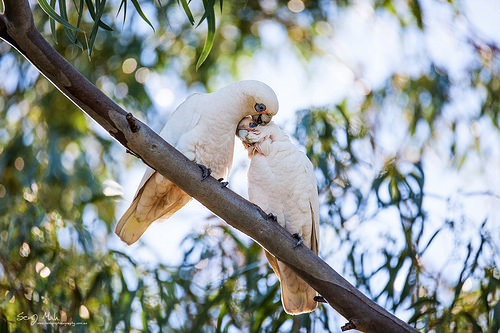

Sigma 150-600mm f5-6.3 Contemporary: Not to be outdone by Tamron, Sigma also released its version of the long telephoto lens, which performs just as well as the Tamron. There is a more expensive version tagged with “Sport” instead of “Contemporary” which has a better build and is weather sealed, perfect for when you’re shooting in wet and windy conditions.
For Micro Four-Third users, try the Panasonic 14-140mm f3.5-5.6 or the Panasonic 45-200mm f4-5.6 both of which feature optical stabilisation to help with lens/camera shake when shooting telephoto.
Macro
Macro lenses are specialised lenses that allow you to get close to the subject and still focus on it. There are a number of great “starter” macro lenses that are straightforward to use and that also double up as pretty good portrait lenses. If you’re planning to get into macro photography, then your next lens could be any of the following:
60mm f2.8 Macro: Both Canon and Nikon have in-brand macro lenses in the 60mm focal length range. They are relatively cheap, light, portable and easy to use.
Tamron 90mm f2.8 Macro: The Tamron macro has a longer reach and is built to be light and portable. It’s also available at a very reasonable price, so definitely check this one out. Available in Canon, Nikon and Sony mounts. It also has vibration compensation, which is great for dealing with camera shake.
Sigma 105mm f2.8 Macro: The price point for this macro makes it a real favourite amongst many macro photography enthusiast (it’s a few hundred dollars cheaper than its Canon or Nikon cousins). It’s a great macro lens, with a longer reach, solid build and pin-sharp images.
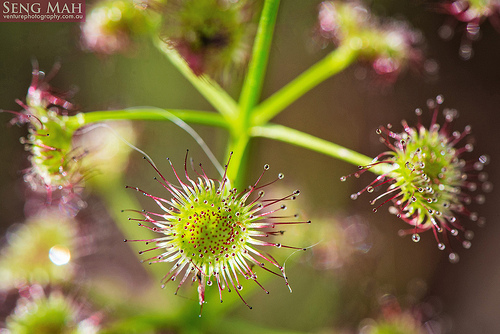
Olympus 60mm f2.8 Macro: For users of the Olympus OM-D and other Micro Four-Thirds cameras. Like the other macros mentioned above, this is terrific, gives great reach and sharp images.
Sony 30mm f3.5 Macro: Sony hasn’t released an affordable macro lens for its e-mount system, so your best and most affordable bet at the moment is the 30mm f35 Macro. While it boasts a very close focusing distance (so you can get _really_ close to the subject), at 30mm, it may come across as a little bit wide for your traditional macro composition. Sony has released a 90mm f2.8 macro for the e-mount but at more than $1000, it may be a little outside the budget of most beginner photographers.
Summary
If you’re just starting out as a photographer, then I hope this article has been a useful resource to help you decide your next lens purchase. The main thing to take away here is that you decide what you’d like shooting next and the kind of photography you’d like to explore further, and CHOOSE the lens that BEST FITS this.

No Comments